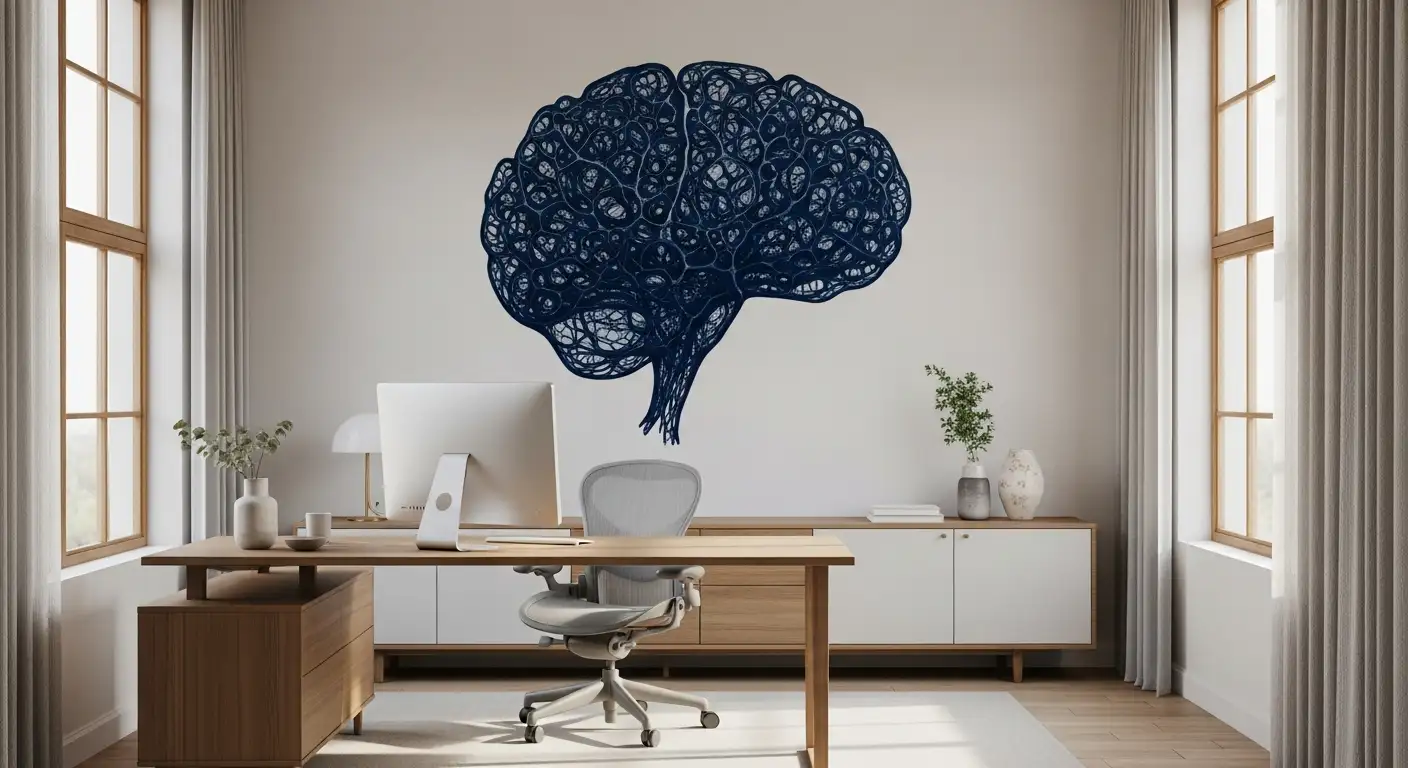Some children with autism benefit from center-based settings to receive their ABA therapy. ABA centers allow the child to engage with other children and participate in meaningful social play activities in a structured setting.
It helps to start talking to your child about the change, even if they’re young or have limited language. You could ask the Center BCBAs to assist you with making a social story about the center and what the child will be doing there. It is important for these social stories to have visuals of the center. This way, the social story is more meaningful for the child.
You might say something like, “You’re going to a new place where you’ll play and learn,” or “We’re going to meet new friends and teachers.” Keeping the tone positive and consistent will be helpful. If your child benefits from visual support, try showing pictures of the center or using a simple social story to walk them through what to expect. Even something as small as a photo of the building or therapy room can be helpful in previewing the setting they will be in.
A predictable routine can also be helpful. If your child is not used to getting up and out the door early, start easing into the new schedule a couple weeks before services begin. Practice waking up, getting dressed, eating breakfast, and leaving the house. If you can, take a trip to the center beforehand just to see it from the outside or do a quick walkthrough. These little steps can make that first real drop-off feel a little less overwhelming.
When the first day arrives, you could pack a few comfort items for your child. Perhaps their favorite small toy, a stuffed animal or their favorite small blanket. One of the most important things you can do during this transition is communicate openly with the clinical team. You know your child best, and sharing that insight can help make the transition much easier for your child and the team at the center. Let the team know about your child’s favorite activities, things that might upset them, sensory sensitivities, or any calming strategies that work well at home. If there have been recent changes in your child’s life, it can be helpful to share this information as well.
It’s also important to give it time. The first few weeks at the center might be challenging as it is a new environment Your child may cry at drop-off, resist new routines, or show some behaviors you haven’t seen in a while or perhaps new behavior. Many families find that once their child gets comfortable with the staff and routine, things improve quickly.
Starting ABA at a center might feel like a big leap, but you’re not doing it alone. With a little preparation, open communication, and plenty of patience, this can be the beginning of something really positive. Hang in there — you’ve got this, and your child is in good hands.








